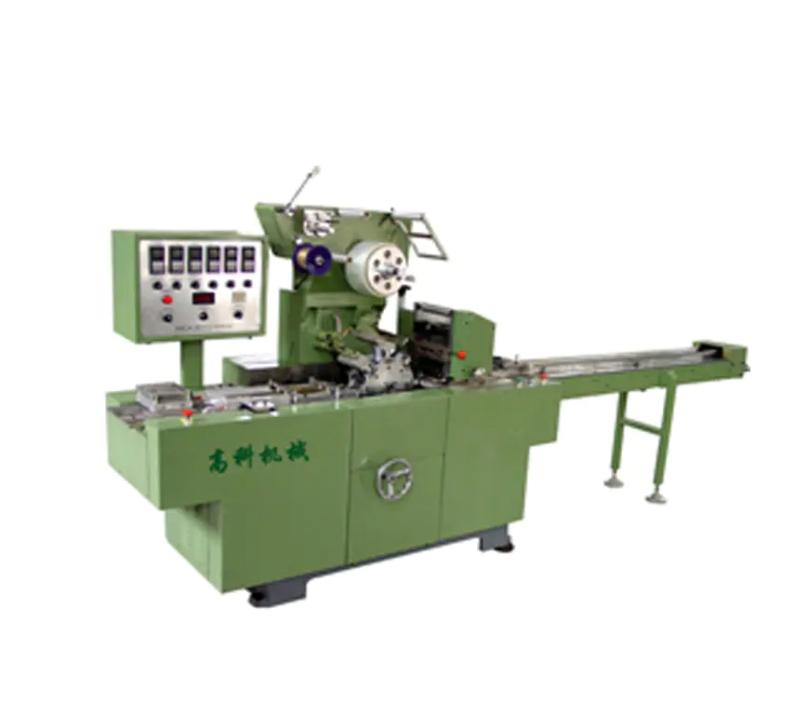The energy consumption of Playing Card Manufacturing Machine is a critical factor in the sustainability and cost-effectiveness of card production. As the demand for playing cards continues to grow, manufacturers are increasingly seeking ways to reduce the environmental impact and operational costs associated with their production processes. The efficiency of a Playing Card Manufacturing Machine is not only measured by its output but also by the energy it consumes in the process.
In the past, Playing Card Manufacturing Machines were often energy-intensive, relying on outdated technology that consumed vast amounts of electricity and resources. However, with advancements in technology and a growing awareness of environmental issues, there has been a significant shift towards more energy-efficient solutions. Modern Playing Card Manufacturing Machines are designed with energy conservation in mind, incorporating features that minimize energy waste and maximize production output.
One of the key areas where energy consumption has been reduced in Playing Card Manufacturing Machines is in the drying process. Traditional methods often required large amounts of heat to dry the ink and card stock, which was not only energy-intensive but also time-consuming. Newer models of Playing Card Manufacturing Machines use advanced drying technologies that require less energy while still ensuring a high-quality finish.
Another significant improvement in energy efficiency can be seen in the automation of the production process. Automated Playing Card Manufacturing Machines can operate with fewer human interventions, reducing the need for additional lighting and heating in the production area. This not only saves energy but also contributes to a more streamlined and efficient workflow.
The materials used in the production of playing cards also play a role in the energy consumption of Playing Card Manufacturing Machines. By using recycled or sustainably sourced materials, the overall environmental impact of the production process is reduced. Additionally, some manufacturers are exploring the use of alternative materials that require less energy to process, further lowering the energy consumption of the Playing Card Manufacturing Machine.
Innovations in the design of Playing Card Manufacturing Machines have also led to more energy-efficient operations. For example, some machines are now equipped with energy recovery systems that capture and reuse waste heat, reducing the overall energy demand. Others have incorporated variable speed drives that allow the machine to operate at the most efficient speed for the task at hand, further reducing energy consumption.
Despite these advancements, there is still room for improvement in the energy efficiency of Playing Card Manufacturing Machines. Continued research and development are essential to push the boundaries of what is possible in terms of energy conservation. This includes exploring new materials, refining production processes, and investing in cutting-edge technologies that can further reduce the energy footprint of Playing Card Manufacturing Machines.
In conclusion, the energy consumption of Playing Card Manufacturing Machines is a complex issue that involves a multitude of factors, from the design of the machine itself to the materials used in production. As the industry continues to evolve, it is clear that energy efficiency will remain a top priority for manufacturers. By investing in more efficient Playing Card Manufacturing Machines, companies can not only reduce their operational costs but also contribute to a more sustainable future for the playing card industry.


